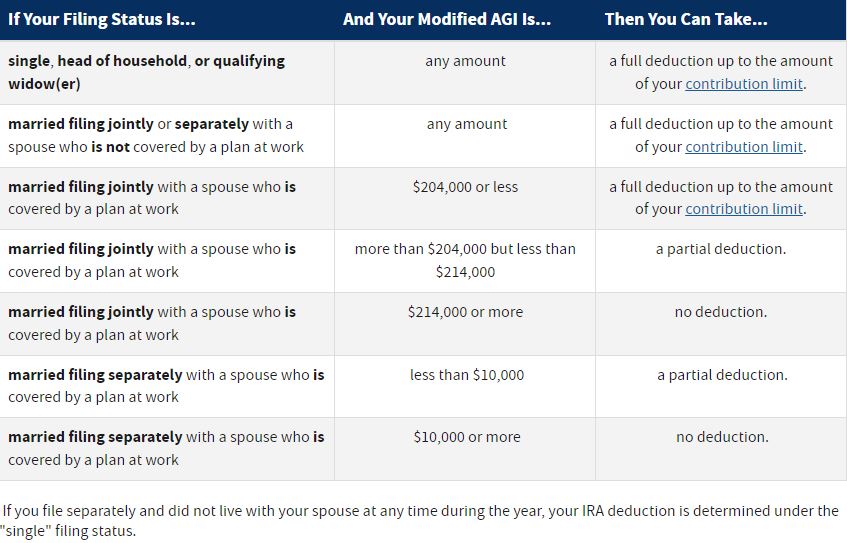Retirement Account Limits For 2023
The retirement plan income limits and the contribution limits just came out. Let’s discuss what that means for you and your retirement in 2023. The income limits and phase-outs we will discuss apply to all of your retirement accounts, whether you have a 401(k), solo 401(k), 403(b), 457, TSP or TSA (employer sponsored plans). The IRAS: Simple, Traditional, and Roth have additional considerations. The last part of the article will discuss how to truly maximize your retirement saving plan.
How do you maximize these limits and take advantage of the tax code for your IRAs?
The 2023 employee contribution you can make is going up. Inside your employer plans like the 401(k), 403(b), and etc., the limits are going from $20,500 up to $22,500. Also rising are total contributions to your retirement plan, which includes basically everything: Your employer/employee, the match, non-deductible back door, the mega back to a Roth contribution, etc. So, it’s going from $61,000 in 2022 to $66,000 in 2023.
Next, the catch-up contribution went up as well. The IRS increased this by $1,000, to $7,500. If you are 50 and over, that means the total IRA contributions from all sources can equal $73,500. Under 50, and your limit is the $66,000 amount.
However, you have to understand there are income phase-outs for your IRA. These kick in at a certain income level. But, sometimes we can miss those if your income is below these thresholds, and you can contribute to your workplace plan and your traditional IRA. You can also choose between the traditional and the Roth. But you can only have an employer sponsor plan if your income hits the phase-out thresholds. So, for singles, if you earn less than $73,000 dollars, you can do the full amount of your traditional IRA, as a deductible contribution. But what if your income is higher? Between $73,000 and $83,000, the ability for tax-deductible contributions phases out.
● For Single taxpayers covered by a workplace retirement plan, the phase-out range is increased to between $73,000 and $83,000, up from between $68,000 and $78,000.
● For married couples filing jointly, if the spouse making an IRA contribution is covered by a workplace retirement plan, the phase-out range is increased to between $116,000 and $136,000, up from between $109,000 and $129,000.
● For an IRA contributor who is not covered by a workplace retirement plan and is married to someone who is covered, the phase-out range is increased to between $218,000 and $228,000, up from between $204,000 and $214,000.
● For a married individual filing a separate return who is covered by a workplace retirement plan, the phase-out range is not subject to an annual cost-of-living adjustment and remains between $0 and $10,000.
The same applies if you’re if you have an IRA phase up for married filing jointly or you are covered by a workplace plan–the phase out is $116,000 to 136,000. As you can see, the phase outs change if you are not covered by a workplace retirement plan.
And then the Roth IRA contribution limit is going from $6,000 to $6,500. For next year, you can now plan on adding another $500. This applies to either your traditional IRA or your Roth IRA. For example, if you’re going to put 6,500 into the Roth IRA, you could put zero into your traditional or you can balance it out and split it up between the two.
The Roth IRA phase-out changed as well. The income range for taxpayers making contributions to a Roth IRA is increased to between $138,000 and $153,000 for singles and heads of household, up from between $129,000 and $144,000. For married couples filing jointly, the income phase-out range is increased to between $218,000 and $228,000, up from between $204,000 and $214,000.




